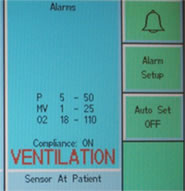The anaesthetist must check all equipment before use as recommended in Module 07e/The anaesthetic machine/Checking of anaesthetic equipment (001-0901).
The anaesthetist must ensure familiarity with all equipment used. Any specific checking procedures recommended by individual manufacturers must be followed. Some more complex equipment might require more formal training in its use.
The provision, maintenance, calibration and renewal of equipment are institutional responsibilities.
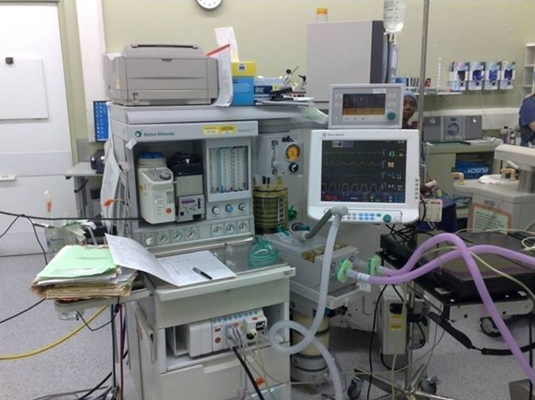
Oxygen supply
Adequate oxygen concentration in the inspired gas mixture must be ensured.
The oxygen concentration in the patient breathing system should be measured by an oxygen analyzer with an audible alarm for low concentrations. The analyzer must be placed in such a position that the composition of the gas mixture delivered to the patient is monitored continuously.
The positioning of the sampling port will depend on the breathing system in use.

Breathing systems
During spontaneous ventilation, observation of the reservoir bag may reveal a leak, disconnection, high pressure or abnormalities of ventilation. Carbon dioxide concentration monitoring will detect most of these problems. Capnography is therefore an essential part of routine monitoring during anaesthesia.
During controlled ventilation, low pressure (disconnection) and high pressure (obstruction) alarms within the breathing system are used continuously with an audible signal when the alarm thresholds are exceeded.
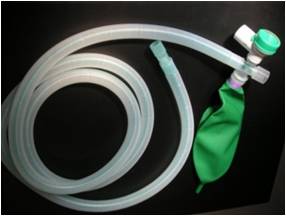
Vapour analyzer
The use of a vapour analyzer is essential during anaesthesia whenever a volatile anaesthetic agent is in use. This helps to prevent awareness or over-dosing by the inhalational agent.
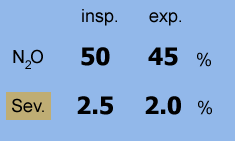
Infusion devices
The infusion device unit must be checked before use when a hypnotic, analgesic or muscle relaxant is administered by infusion. Alarm settings and infusion limits must be checked and set to appropriate levels before commencing anaesthesia.
The infusion site in the patient should be secure and preferably visible to ensure that these drugs are delivered to the patient.
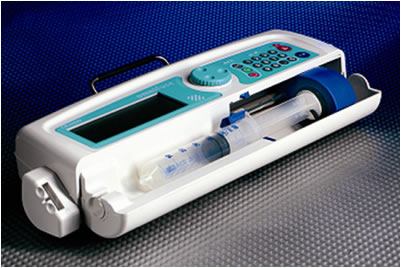
Alarms
All alarms must be set at appropriate values as the default alarm settings incorporated by the manufacturer are often inappropriate. During the checking procedure, the anaesthetist must review and reset the upper and lower limits as necessary.
During intermittent positive pressure ventilation, airway pressure alarms must be used to detect excessive pressure within the airway and also to give warning of disconnection or leaks. Low pressure alarms (to detect disconnection) and high pressure alarms (to detect obstruction) positioned within the breathing system should be used during controlled ventilation. An audible signal is produced when the alarm thresholds/limits are exceeded.
